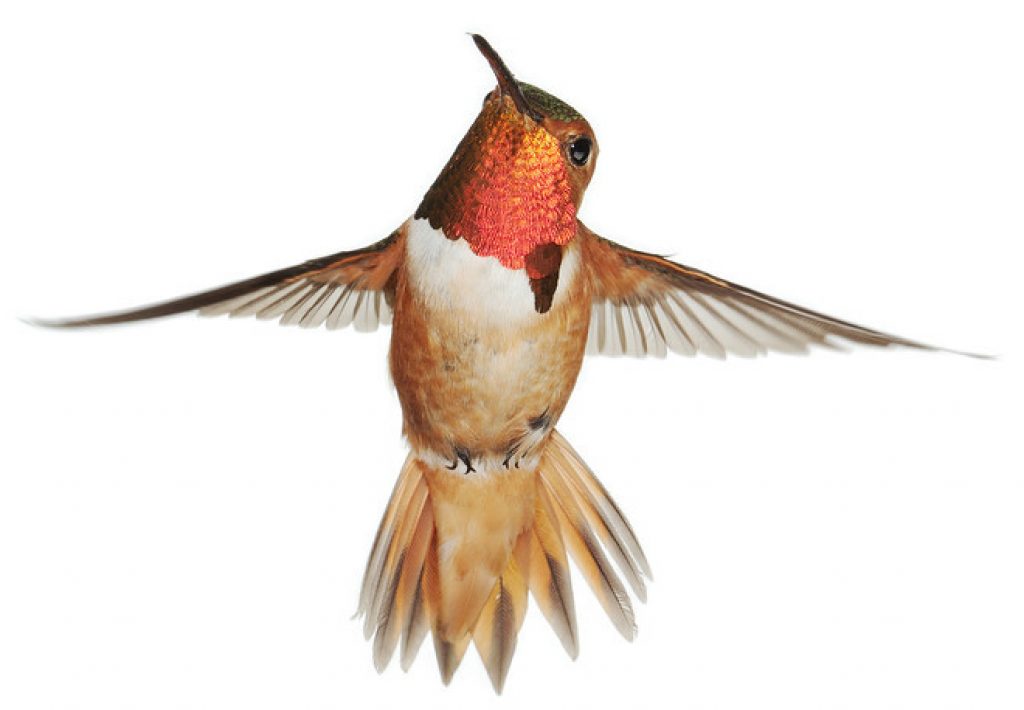I devoted an airline flight [irony intended: keep reading] earlier this week to catching up on a cache of to-be-read publications, specifically some back issues of National Geographic. One of the many articles that I enjoyed, the September 2011 issue cover story, was entitled "The Daring Dream of Personal Flight". Here's what I found to be the most memorable quote from that particular piece:
Scientists still struggle to understand the physiology of avian flight, but light bones and an intricate collaboration among chest and wing muscles appear essential. A hummingbird's chest muscles account for 20 percent of its mass, according to Bret Tobalske, a University of Montana physiologist. "If a human had that mass of muscles, it would stick out like a 55-gallon drum," he says. "It would be freakin' enormous."
That excerpt reminded me of a Wired Magazine piece I'd earlier perused, titled "High-Speed Videos Show How Hummingbirds Hum". Here's a quote:
Clark [Christopher, a Yale University zoologist] used a Scanning Laser Doppler Vibrometer — an instrument that is used to measure the vibrations of a surface — to measure the fluttering feathers, and studied the different feathers shapes and movements by viewing high speed videos of the tail feathers in a wind tunnel.
And that excerpt reminded me of my earlier mid-August coverage of Vision Research's latest Phantom high-speed cameras. I guess they're useful for applications beyond capturing the aerobatics of professional snowboarders, eh?


